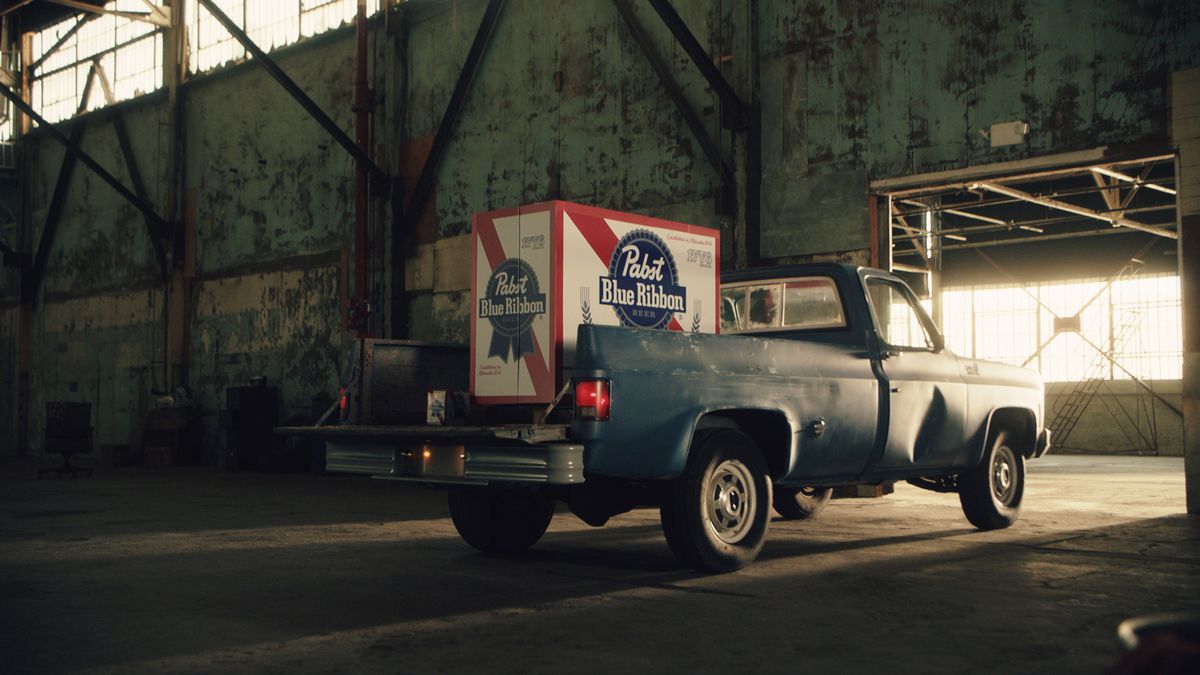The U.S. wine business eked out slim volume growth overall last year, even as the coronavirus has upended how consumers bought such beverages, yet challenges in demand and supply that predate the pandemic remain, according to experts at a major industry conference Wednesday.
Sales of domestic and imported table and sparkling wine in the country is estimated to have grown 1.2% last year to 369 million 9-liter cases, based on the latest available government and trade data, said beverage alcohol industry analyst Jon Moramarco of BW166. That would be up from 0.6% growth in 2019, part of a multiyear slowdown in overall wine growth.
“So while, obviously, hospitality, restaurants, etc. have been very hard hit, grocery stores have done well through this. And all those have repercussions on our industry,” he said at the Unified Wine & Grape Symposium, which attracts thousands to Sacramento annually but is being held virtually this year. Public health orders to help contain the pandemic have forced tasting rooms and restaurants to close significantly multiple times since mid-March of last year.
While consumers bought nearly 16% more wine last year in stores and other venues for off-premises consumption — namely, while sheltering at home amid the pandemic — their purchases fell by almost 45% in places where wine is consumed on the premises.
Last week, Moramarco pointed out that how much that on-premises impact hits smaller, higher-end producers that dominate the number of wineries in the North Coast. The volume of wine sold from the region slipped 1.7% last year to roughly 80 million cases, though almost three-quarters of that volume likely comes from large wineries that already had significant distribution in stores before the pandemic, he said at the Business Journal’s Wine Industry Conference on Jan. 19.
The U.S. outperformed other countries in beverage alcohol sales worldwide, and California’s growth was three time larger than second-place Italy, Danny Brager of Brager Beverage Alcohol Consulting noted at the symposium.
“(L)ooking at all the numbers and given everything that we had to contend with the pandemic, fires and any other forces of nature lined up against us, the numbers would suggest that as an industry, we've done extremely well,” Brager said.
He gave the industry overall an “A-minus” for its success in shifting sales from key channels that were stymied by lockdowns and service restrictions in the coronavirus pandemic — namely, restaurants, bars and tasting rooms. But longer-term threats remain for the wine business from competing beverages, changing consumer tastes and shifting demographics, Brager said.
Wine’s share of beverage alcohol consumption per U.S. adult has remained steady and increased through two previous economic recessions and the pandemic since 2000, growing from 12.4% share to 17.2%. The good news is that consumption is steady good times or bad, but the troubling news is that distilled spirits brands are gaining ground lost by beer, Brager said.
“It means that as an industry, we're in a battle for share, for share of wallet, for share of occasions,” he said.
Beyond the faster growth for spirits last year than wine overall, even in the wine category, there are competitors arising for traditional table and sparkling wine, Moramarco said. Total wine sales volume in the U.S. last year was actually 6.3% to 432 million cases, including 12.4% growth for wine imported in bulk, with one-third of that coming from French bulk wine because of the first round of higher tariffs on European wines.
Another part of that 6.3% growth were wine-based cocktails, notably agave-based drinks coming in from Mexico.
On the supply front, California headed into 2020 with a structural excess of grapes, vineyard acreage nearing commercial maturity and wine sitting in vintner tanks, but that changed rapidly last year, according to symposium speakers Jeff Bitter of Allied Grape Growers and Glenn Proctor of Ciatti Co.
In the first few months of the pandemic, the surge in beverage alcohol sales caused major brands to rapidly reduce the excess gallons from the record 2018 harvest. Then in August through November, the California wildfires, particularly in prime coastal areas such as Sonoma and Napa, led to scrambling among vintners for suitable replacement gallons, generally draining the inventory overhang further and sending prices for bulk wine higher for the first time in two years.
January 28, 2021 at 01:40PM
https://ift.tt/2Mhop6e
California wine business faces new, ongoing challenges as it adjusts to pandemic, wildfires - North Bay Business Journal
https://ift.tt/31lUVcw
Wine

No comments:
Post a Comment